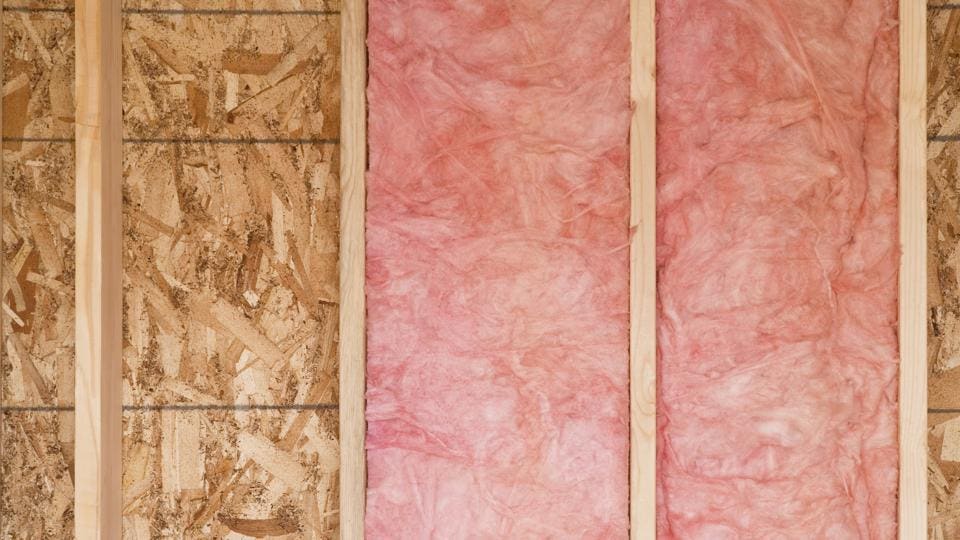Insulation plays a crucial role in maintaining comfortable indoor environments, reducing energy consumption, and mitigating climate change. However, one aspect that often perplexes homeowners and industry professionals alike is the seemingly high cost associated with insulation. In this article, we delve into the multifaceted reasons behind the expense of insulation, exploring various factors that contribute to its price tag. By understanding these intricacies, we can gain valuable insights into the economics of insulation and make informed decisions when it comes to optimizing energy efficiency in our homes and buildings.
- Raw Materials and Manufacturing Processes:
Insulation materials are manufactured using a range of raw materials, each with its own cost implications. For instance, fiberglass insulation requires the extraction and processing of silica sand, a resource-intensive process. Similarly, mineral wool insulation relies on the extraction of stone or slag, which adds to the overall production costs. Additionally, the manufacturing processes involved in transforming these raw materials into insulation products require specialized equipment and expertise, further driving up the expenses. - Research and Development:
The insulation industry is constantly evolving, with ongoing research and development efforts aimed at improving the performance and sustainability of insulation materials. These endeavors require substantial investments in scientific studies, testing, and innovation. The costs associated with research and development are ultimately passed on to consumers, contributing to the overall price of insulation. - Energy Efficiency Standards and Regulations:
In recent years, governments and regulatory bodies have placed increasing emphasis on energy efficiency in buildings. This has led to the establishment of stringent standards and regulations that dictate the minimum insulation requirements for new constructions and renovations. Compliance with these standards often necessitates the use of higher-quality insulation materials, which can be more expensive than their conventional counterparts. - Installation Complexity and Labor Costs:
Proper installation of insulation is crucial for its effectiveness. Depending on the type of insulation and the building's structure, installation can be a complex and time-consuming process. Skilled labor is required to ensure insulation is correctly placed, avoiding gaps or compression that could compromise its performance. The cost of skilled labor, including wages, training, and insurance, contributes significantly to the overall expense of insulation projects. - Market Demand and Supply:
The demand for insulation has surged in recent years due to increased awareness of energy efficiency and environmental concerns. This heightened demand, coupled with limited supply capacity, can lead to higher prices. Factors such as fluctuations in raw material costs, transportation expenses, and market competition also influence the pricing dynamics of insulation products.
Conclusion:
The cost of insulation is influenced by a multitude of factors, ranging from raw material expenses and manufacturing processes to research and development investments, energy efficiency regulations, installation complexity, and market dynamics. While the upfront cost of insulation may seem high, it is essential to consider the long-term benefits, including energy savings, improved comfort, and reduced environmental impact. By understanding the underlying reasons for insulation's expense, we can make informed decisions and prioritize investments that optimize energy efficiency in our homes and buildings.

